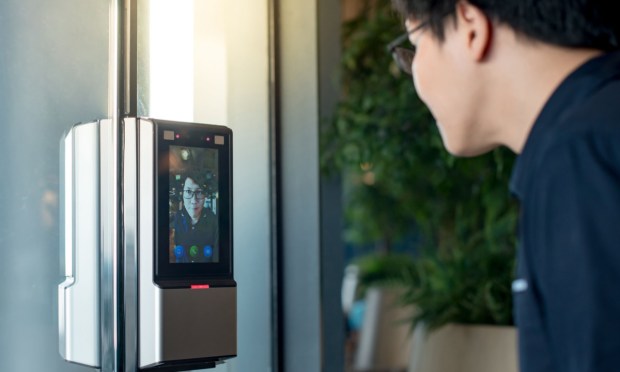China Calls for Limits on Facial Recognition Tools

China wants its businesses to think twice before using facial recognition technology.
The country’s Cyberspace Administration (CAC) on Tuesday (Aug. 8) introduced draft regulations calling for limits on facial recognition and proposing instead the use of non-biometric means to identify people.
“The use of face recognition technology to process face information shall obtain the individual’s individual consent or obtain written consent in accordance with the law,” the proposal says.
“If there are non-biometric verification technologies for achieving a similar purpose or business requirements, those non-biometric verification methods should be preferred.”
When facial recognition is used, the CAC encourages businesses to use “authoritative channels” like China’s National Basic Population Information Database.
The CAC also says businesses including airports, banks, hotels and stadiums should not use facial recognition for ID verification unless required by law.
China’s call for restrictions on facial recognition is happening at a time when other governments are facing concerns about biometrics. For example, the Federal Trade Commission (FTC) in May issued a policy statement warning that the technology could lead to discrimination and violations of privacy.
“In recent years, biometric surveillance has grown more sophisticated and pervasive, posing new threats to privacy and civil rights,” said Samuel Levine, director of the FTC’s Bureau of Consumer Protection. “Today’s policy statement makes clear that companies must comply with the law regardless of the technology they are using.”
Meanwhile, research by PYMNTS shows that consumers have begun to view biometric tools as the most secure way to authenticate transactions, and the preferred way to authenticate payments for more than half of consumers in the U.S.
“In what may represent a so-called changing of the guard, 52% of consumers who use biometrics prefer the authentication method over other options, while only 25% of consumers who use passwords feel as positive about passwords,” PYMNTS wrote earlier this year.
Biometric payments are making their way into sectors such as the restaurant industry, as noted here earlier this summer when casual dining chain Steak ‘n Shake announced it deploying payments technology company PopID’s pay-by-face capabilities at certain locations, with the goal of expanding the program to 300 restaurants.
In addition, Panera Bread announced this spring that it was debuting Amazon One pay-by-palm capabilities for rewards members.

